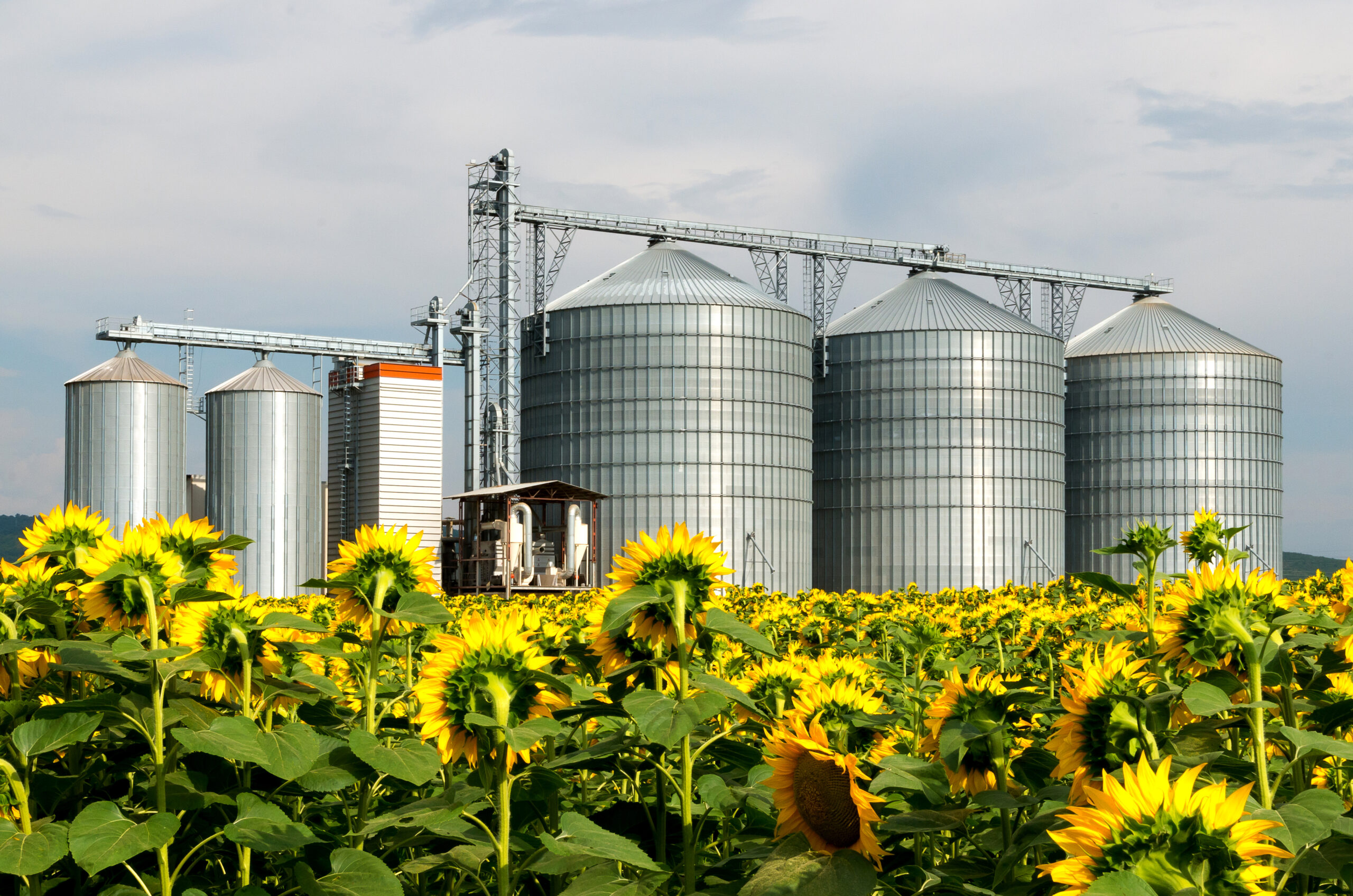While the trend towards so-called ‘technology convergence’ is increasingly felt by those involved with science and technologies, it has been difficult to characterise or describe.
A new report by Dr Steffi Friedrichs (written for the OECD Working Party on Biotechnology, Nanotechnology and Converging Technologies (BNCT)), has now taken a first hurdle to visualising the shift of different technology fields towards increasing convergence: in the “Report on statistics and indicators of biotechnology and nanotechnology”, Steffi Friedrichs utilised a text-mining analysis of scientific publications in journals assigned to the subject categories of biotechnology and nanotechnology to obtain an insight into the transformation of the science content landscapes of both technologies over the last 20 years.
“While the field of nanotechnology underwent a shift away from its original focus on metallurgical characterisation towards an application-oriented research on high-tech devices and tools, the field of biotechnology refocused on a number of concepts that overlap with the field of nanotechnology.”
[Friedrichs, S. (2018), “Report on statistics and indicators of biotechnology and nanotechnology”, OECD Science, Technology and Industry Working Papers, 2018/06, OECD Publishing, Paris.]
An annotated 2D network map of the occurrences of and linkages and clustering between the most important words in the titles of biotechnology (indicated in the figure below in pink) and nanotechnology (yellow) articles, accumulated over 19 years between 1996 and 2014, highlights the area of keywords that stem predominantly from one of the two technology fields, indicating an area of increasing convergence between the two fields.

Convergence between the fields of biotechnology and nanotechnology, 1996 – 2014 (annotated 2D network maps of the occurrences of and linkages and clustering between the most important words in the titles of biotechnology and nanotechnology articles in 1996-2014 (scaling: large circle/label = high occurrence)); see also NOTE and SOURCE below)
[Steffi Friedrichs, OECD STI Working Papers, 2018/06]
The area of overlap between the two fields is gradually increasing, identifying an area of convergence of the two technologies. In this area, nanotechnology increasingly takes the role of an enabling technology to biotechnology, in that the latter applies devices and tools based on materials and concepts enabled by the former.

[Steffi Friedrichs, OECD STI Working Papers, 2018/06]
Time-series of annual 2D network maps of the individual fields of (a) biotechnology and (b) nanotechnology keywords visualise the 20-year development that each field underwent:
The field of biotechnology maintained its overall outline, but underwent a shift in focus away from “analysis” and “characterisation” towards a concentration on the topics “cell”, “nanoparticle” and “detection”.
In the case of nanotechnology, by contrast, the entire field of nanotechnology keywords changed shape and shifted between 1996 and 2014: while in 1996 the most often occurring words in the titles of nanotechnology articles were of metallurgical nature, such as “microstructure” and “alloy”, by 2014, these words have disappeared from the list and new words, such as “graphene” and “nanoparticle” show a high occurrence.
The text-mining analysis provides an insight into the transformation of the science content landscapes of both technologies over the past 20 years: biotechnology and nanotechnology are each fields of science and technology in their own right, but they also provide increasingly widely adopted tools for use in other fields of science and technology, including each other. This complex pattern of deployment signifies a growing convergence of traditional disciplines of science and engineering, and poses a formidable challenge to the creation and measurement of reliable indicators of the technologies’ development and impact.
Follow this link to access the full “Report on statistics and indicators of biotechnology and nanotechnology” on the OECDiLibrary.
Image information:
NOTE: Technology fields were defined as subject categories according to the SCImago Journal Rank (SJR) indicator; scaling: large circle/label = high occurrence.
SOURCE: OECD calculations based on Scopus Customs Data, Elsevier, Version 12.2015, October 2016; text-mining: VOSviewer, version 6.1.3.








